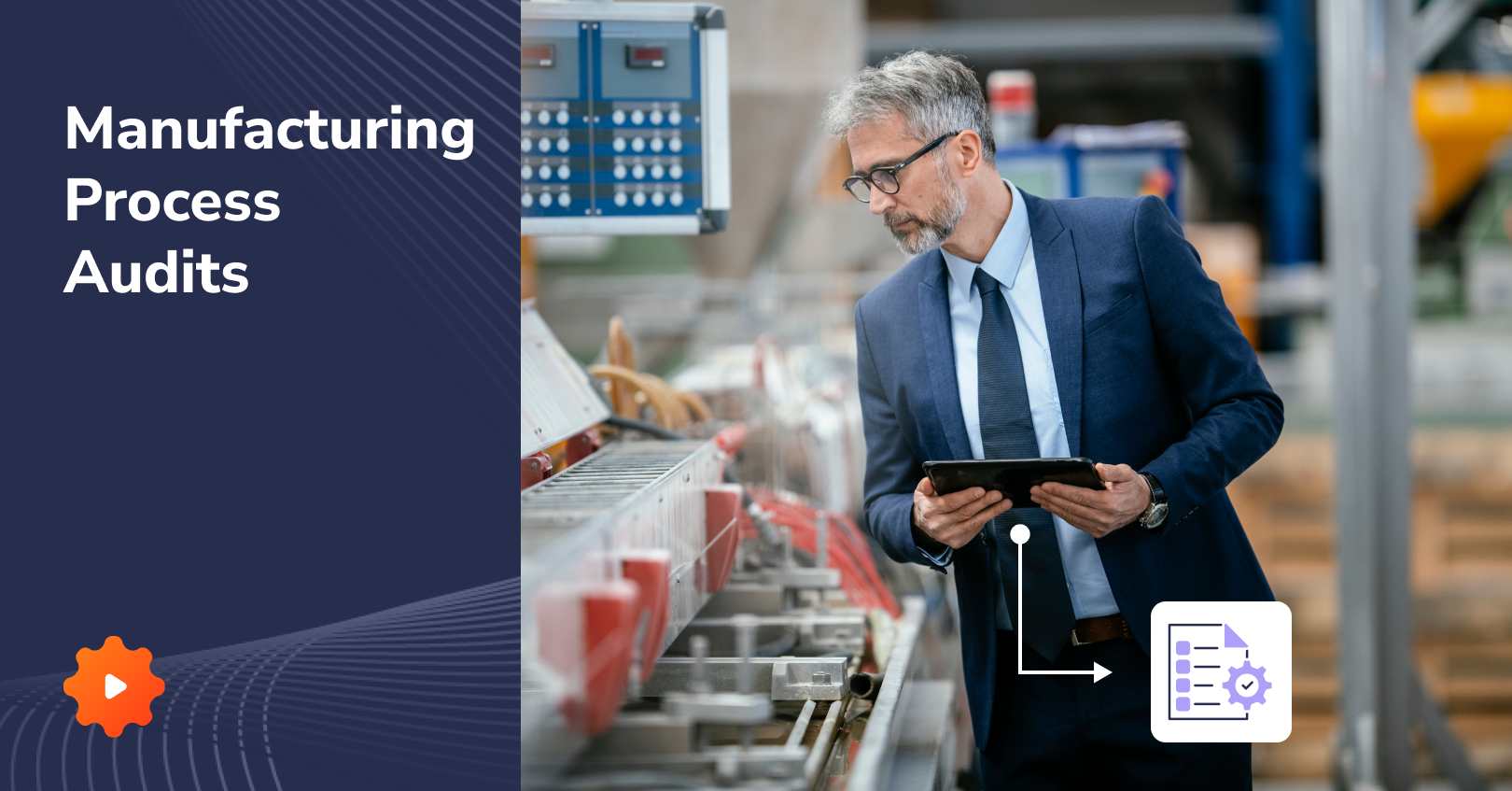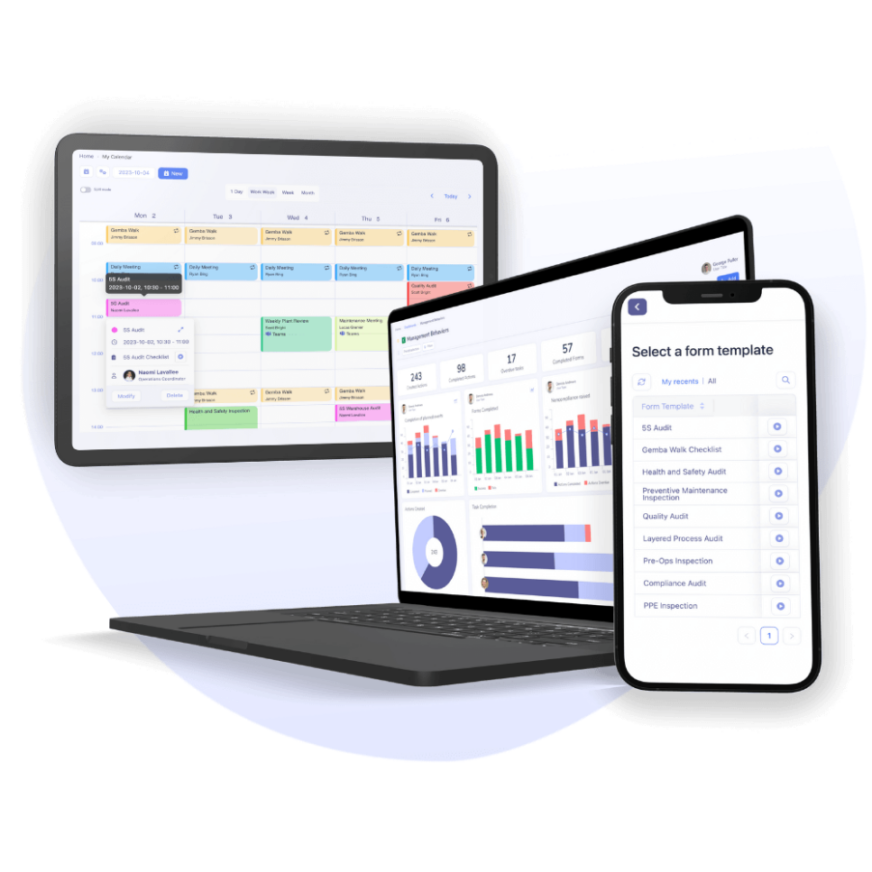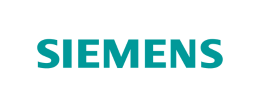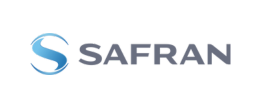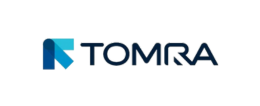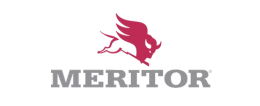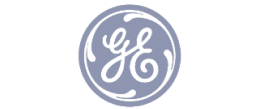What Is the CQI-8 Layered Process Audit Guideline?

| Audience: | Operations Managers, Continuous Improvement Managers, Plant Managers, Lean Manufacturing Specialists, IT Managers, Chief Operating Officers, Business Owners |
| Last updated: | September 9, 2025 |
| Read time: | 10 min |
- LPAs involve multiple layers of management using tailored checklists to catch process non-conformities early—helping reduce the Cost of Poor Quality (CoPQ).
- Originating in the automotive industry, LPAs are now used across sectors and are often required by OEMs, even if not mandated by IATF 16949.
- The CQI-8 guideline provides practical tools, templates, and examples to implement or enhance an LPA program, making it a key resource for continuous quality improvement.
Layered Process Audits (LPAs), as outlined in the CQI-8 guideline by AIAG, offer a structured, multi-level approach to improving quality and reducing costly errors in manufacturing.
- LPAs involve multiple layers of management using tailored checklists to catch process non-conformities early—helping reduce the Cost of Poor Quality (CoPQ).
- Originating in the automotive industry, LPAs are now used across sectors and are often required by OEMs, even if not mandated by IATF 16949.
- The CQI-8 guideline provides practical tools, templates, and examples to implement or enhance an LPA program, making it a key resource for continuous quality improvement.
The CQI-8 Layered Process Audit Guideline is an initiative from the Automotive Industry Action Group (AIAG) to improve quality and processes with a suggested framework for managing Layered Process Audits. LPAs can help to reduce the cost of poor quality (CoPQ) by conducting audits at every layer of the organization, not just focusing on the quality of final products. In most industries, CoPQ can represent 15% to 20% of sales revenue 1 .
The car industry’s cost of “not catching mistakes before they reach the consumer” is linked to the growing auto recall problem. That’s why the Layered Process Audit approach is more relevant than ever. Here is a quick summary of what precisely the CQI-8 guideline is. We’ve also explained the value of Layered Process Audit software to implement or digitize an LPA program.
What is LPA in automotive and manufacturing?

Layered Process Audits (LPAs) are structured audits conducted across multiple organizational layers to ensure process compliance. Every layer of management follows its own audit checklist to verify the quality, safety, and efficiency of procedures. Audits’ frequency increases with each auditor’s proximity to the factory floor. It can go from daily audits for a line supervisor to monthly and quarterly audits for managers and directors.
LPA makes quality a company-wide effort because it is not confined to the quality department. It also goes beyond the quality of the finished product. It catches defects upstream, as 75% of manufacturing defects result from non-conformance with processes 2 .
Various industries and services have now adopted LPA, from aerospace to consumer packaged goods, and bio-tech. Still, it originally came from the automotive industry in the ‘80s and ‘90s. In the wake of the oil crises, better quality standards and procedures helped the automotive industry reduce costs and complexity.
In 1982, the three major American automakers, Chrysler, Ford, and General Motors, founded the Automotive Industry Action Group (AIAG). AIAG supports the development of common global standards for Quality, Supply Chain, and Corporate Responsibility. Most specifically, AIAG is the publisher of the CQI standards for Continuous Quality Improvement, including CQI-8 dedicated to LPA.
What are CQI Standards? Meaning in Auditing
Each CQI document focuses on a specific process area (for example, CQI-9 for heat treating, CQI-11 for plating, and CQI-12 for coating). These standards provide best practices, audit tools, and step-by-step instructions that companies can use to assess and improve their processes.
The CQI-8 Layered Process Audit Guideline is one member of this family. It supports a culture of proactive quality by ensuring that all levels of an organization participate in audits and process reviews. Together, the CQI series creates a shared framework for quality, safety, and customer satisfaction across the automotive industry and beyond.
This focus on quality led Chrysler to conduct the first Layered Process Audit in 1994. As a result, the automaker and the other AIAG members successfully implemented the QS9000 standard for Automotive Quality Management Systems.
A decade later, 2005 marked a decisive point in the adoption of LPA. DaimlerChrysler and General Motors adopted common LPA practices to support their technological alliance. That same year, the AIAG published the 1st edition of the CQI-8 Layered Process Audit Guideline to foster Continuous Quality Improvement of LPA.
In 2014, further collaboration with OEMs and Tier One suppliers led to the publication of a 2nd edition of the CQI-8 Layered Process Audit Guideline. This document is available in hardcover and PDF format on the AIAG’s online store.
Note that Layered Process Audits are not directly required by IATF 16949:2016, a global Quality Management System Standard for the Automotive industry. LPAs complement the internal audits that the International Automotive Task Force (IATF) already requires. However, major automotive companies like Stellantis (merger of PSA and Fiat Chrysler Automotive) ask their suppliers to perform LPA. It is part of their Customer Specific Requirements for Manufacturing Process Audit (FCA CSR 9.2.2.3).
The CQI-8 guideline is concise and to the point. The 2nd edition can be used as an introduction to the definition and purpose of Layered Process Audits for different levels of managers and auditors. It is also a precious resource for companies that have already implemented LPA and want to review, maintain, or improve their existing audit process.
The CQI-8 guideline also clarifies how Layered Process Audits benefit the organization. The document lists the main areas where LPAs can have a positive impact, from improving safety to reducing the cost of poor quality.
Furthermore, this manual stresses the importance of top management planning to implement LPA successfully. In addition, it highlights the responsibilities of the LPA Process Owner. The CQI-8 guideline also reminds top decision-makers that LPA is not a one-person mission. LPA is a company-wide initiative requiring a cross-functional team to determine the proper audit layers.
Finally, developing templates for auditing and reporting requires expertise and finesse. That’s why the CQI-8 guideline also offers examples, step-by-step guidance for conducting the audit, and sample LPA metrics.
You might have already found Layered Process Audit templates or currently use templates developed “in-house.” Be advised that the AIAG and its more than 4,000 members are a trusted reference for those resources. AIAG also offers live virtual courses about Implementing Layered Process Audits (LPA) in the automotive industry or any other. The course’s material includes a hard copy of the CQI-8 Layered Process Audit Guideline.
Industry leaders leverage Tervene to perform their audits & inspections

Who should use AIAG CQI-8 (2nd edition)?
The CQI-8 Layered Process Audit Guideline isn’t just for one role. It’s designed to bring value across the organization. If you’re in the automotive industry, you’ll likely find it useful.
Here’s who should be using it:
- Automotive suppliers and manufacturers: CQI-8 helps you spot issues early, keep processes under control, and meet customer expectations. It leads to fewer errors and smoother operations.
- Quality managers and supervisors: You’ll get a structured way to monitor and improve systems. Instead of reacting to problems after they appear, you’ll be preventing them.
- Plant leadership and executives: By being involved, you’ll show that process quality matters at every level. That kind of visible commitment drives accountability and builds a stronger quality culture.
- Auditors at all levels: Whether you’re a line auditor or part of an internal audit team, CQI-8 gives you a consistent method. It makes audits more meaningful and less like a box-checking exercise.
What makes CQI-8 powerful is that it connects all these groups. Everyone (from shop floor operators to executives) plays a part in improving how things get done. When everyone uses the same approach, you’ll see fewer surprises, better products, and stronger customer trust.
How do you implement the CQI-8 standard in practice?
Here’s a simple, step-by-step way to roll out CQI-8 so it actually sticks and delivers results.
1) Map what matters (based on the CQI-8 questions)
Start with your critical processes. Walk the lines. Note the steps where mistakes hurt safety, quality, delivery, or cost.
Capture the standards, specs, and controls you must hold. This becomes the backbone for your audits.
2) Build a cross-functional audit team
Include production, quality, maintenance, engineering, and logistics.
Add a line operator and a supervisor from each area. Name a coordinator to own the schedule and follow-ups. Keep the team small, trusted, and available.
3) Create layered checklists tied to critical processes
Keep each checklist short – 10–15 checks, max. Use clear yes/no questions and ask for evidence (measurement, label, photo). Tie every item to a process risk or requirement. A helpful pattern:
- Layer 1 (daily): operators or line leaders verify basics at the point of work.
- Layer 2 (weekly): supervisors or quality sample deeper controls.
- Layer 3 (monthly/quarterly): managers confirm system health and trends.
4) Set schedules for different audit layers
Put audits on the calendar like production.
Time-box them (10–15 minutes). Stagger across shifts and product families. Lock visits to actual work times, not empty lines. If you can, use a simple digital form so completion and findings are visible in real time.
5) Consider CQI-8 training for employees at all levels
Explain the “why”: prevent problems, not blame people. Show how to ask open questions, observe standards, and record facts. Do a short practice audit on the floor. Teach how to tag a finding, assign an owner, and escalate urgent issues.
Make it safe to speak up.
6) Run a pilot based on the CQI-8 latest edition, then expand
Pick one value stream for 4–6 weeks. Track completion rate, findings, and time to close actions. Hold a weekly stand-up to review lessons.
Trim any checklist item that doesn’t drive decisions. When it flows, roll it to the next area.
7) Ensure corrective actions and feedback loops
This is where CQI-8 pays off. For each finding:
- Contain within 24 hours if there’s risk to customers.
- Identify root cause (ask “why?” five times; go see the work).
- Assign an owner and due date.
- Verify the fix on the floor.
- Close the loop by updating the standard, training, and checklist if needed.
Share quick wins in daily huddles so people see impact.
8) Monitor, learn, and keep it fresh
Track a few simple KPIs: audit completion, findings per audit, repeat issues, and average days to close. Review trends monthly with plant leadership.
Refresh checklists after process changes or customer complaints. Rotate auditors to keep eyes sharp.
Celebrate teams that prevent problems before they start.
Discover Tervene’s LPA tools
You can streamline the implementation of the CQI-8 guideline in your organization with Layered Process Audit software.
A digital LPA platform gets rid of paperwork that limits the impact and adoption of an LPA program. Digitized LPA also accelerates the creation and customization of checklists, forms, and schedules. In addition, it helps assign tasks and follow-up actions and gives visibility over your LPA program’s effectiveness.
Companies can use the CQI-8 Layered Process Audits Guideline as a source of templates. However, they must still tailor their LPA tools and evolve them. That’s why LPA software should be easy to customize.
LPA software can instantly produce audit reports and KPI scores. This business approach to audit supports a culture of continuous quality improvement and lowers the Cost of Poor Quality (CoPQ). In the automobile industry, the CoPQ is linked to the cost of recalls. It reaches $500 per vehicle on average3 and a record of $11,000 for the Hyundai Motors recall of defective batteries in 2021. Major players are already reducing their recalls with advanced digitization and detection of defects at the earliest stage of the production process.
Finally, remember that user adoption by auditors and stakeholders at all levels of the organization is at the core of an LPA approach. That’s why Tervene has built an intuitive and effortless Layered Process Audit digital platform. Our experts can also assist you in building your audit checklists and LPA schedules, from the customization of tools to the training of auditors.
Tervene: Leader of digital LPA tools
Tervene is a leading provider of digital Layered Process Audits. Our tools empower organizations to enhance quality, efficiency, and compliance. With a proven track record across manufacturing and healthcare industries, Tervene helps hundreds of clients reach new heights of operational performance.
Tervene makes LPAs effortless
- Perform your LPAs on mobile or tablet
- Build custom LPA checklists
- Schedule periodic LPAs
- Report and monitor LPA compliance throughout your team
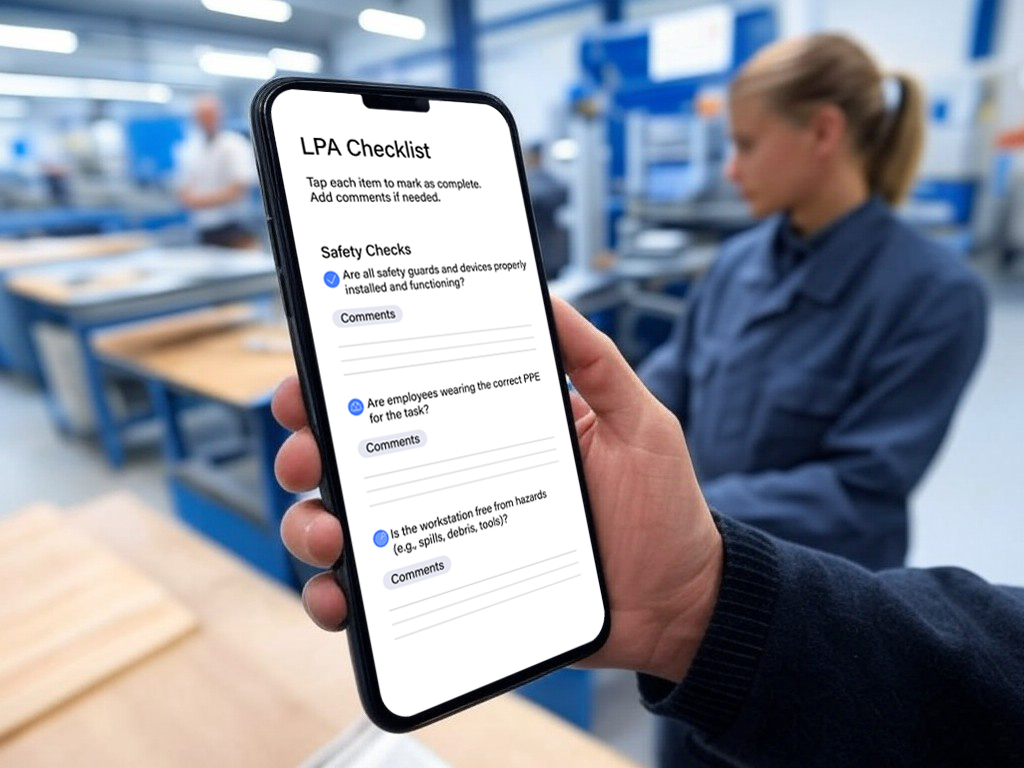
Sources: 1: American Society for Quality (ASQ) / 2: Applied Logistics / 3: AlixPartners
FAQ: CQI-8 Layered Process Audits
The CQI-8 Guideline, developed by the Automotive Industry Action Group (AIAG), is a standardized framework for implementing Layered Process Audits (LPAs). It outlines best practices, responsibilities, and audit layers to help manufacturers improve quality and reduce process-related defects.
A Layered Process Audit is a structured audit conducted at multiple levels of an organization. Each management layer (operators, supervisors, managers, executives) performs audits based on specific checklists to ensure compliance with critical processes and identify issues early.
LPAs promote a company-wide commitment to quality. By focusing on process adherence rather than just final product inspection, LPAs help identify root causes of defects, reduce the Cost of Poor Quality (CoPQ), and improve safety, efficiency, and customer satisfaction.
No, LPAs are not directly required by the IATF 16949:2016 standard. However, many OEMs, including Stellantis and General Motors, require LPAs as part of their Customer-Specific Requirements (CSR) for quality and process compliance.
While LPAs originated in the automotive industry, they are now used across various sectors including aerospace, biotech, consumer packaged goods, and general manufacturing, wherever strict process control is essential.
-
Early detection of process non-conformities
-
Reduced cost of poor quality (CoPQ)
-
Improved safety and process compliance
-
Enhanced cross-functional collaboration
-
Standardized audit practices across teams
LPAs are performed by personnel at different management levels, from line supervisors (Tier 1) to middle managers (Tier 2) and senior leadership (Tier 3). Each level audits with a unique focus to ensure broad coverage of potential issues.
Yes, the CQI-8 guideline provides sample checklists, audit templates, and step-by-step instructions to help organizations design and customize their own LPA programs effectively.
The CQI-8 guideline is available for purchase in PDF or hardcover format directly from the AIAG online store. It is widely used as a trusted resource for training and implementing LPAs.
Yes. Digitizing LPAs with appropriate software streamlines checklist management, automates reporting, tracks KPIs, and increases visibility and compliance—ultimately making the audit process more efficient and impactful.

